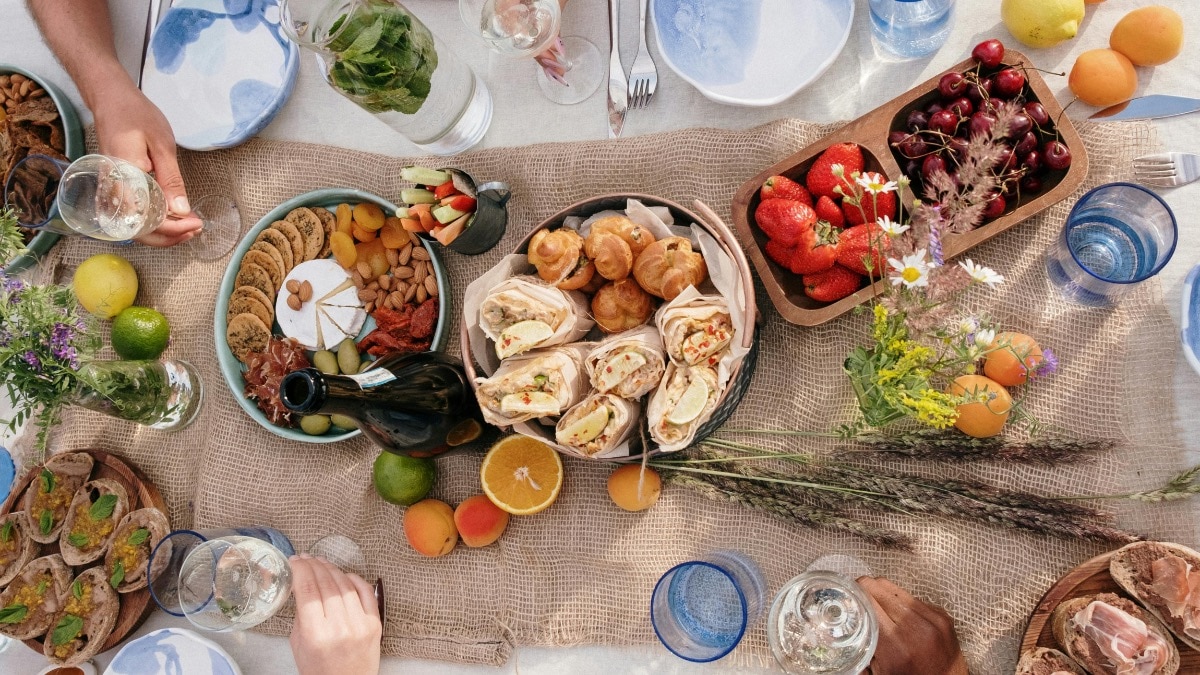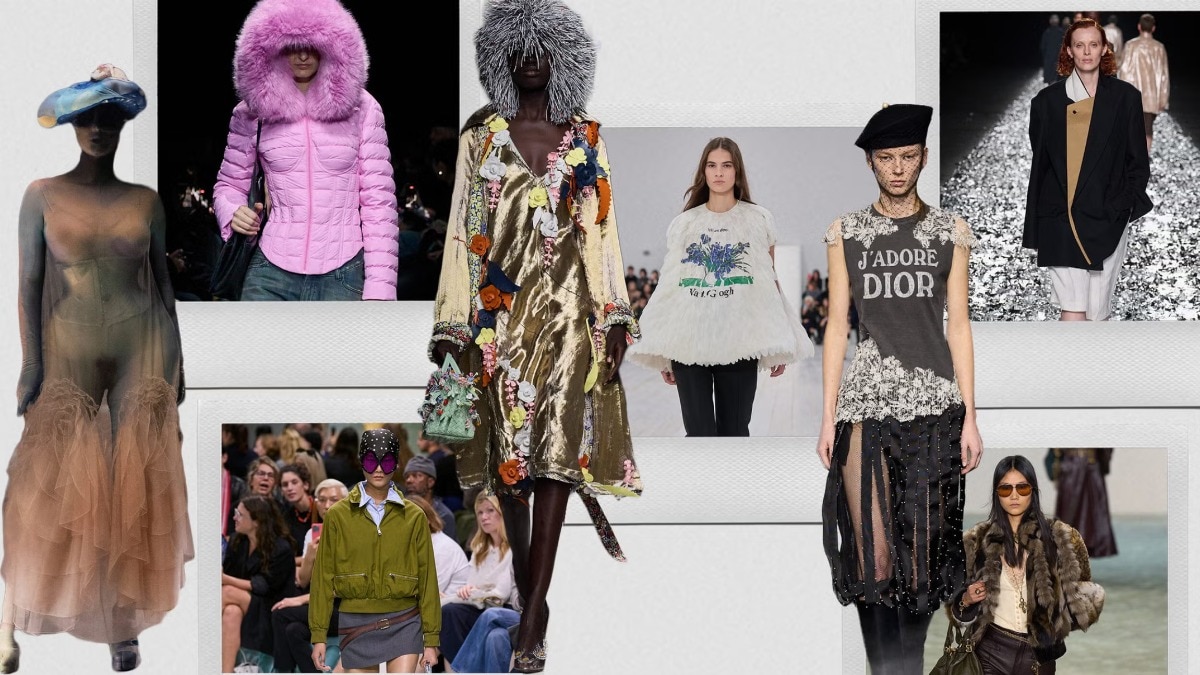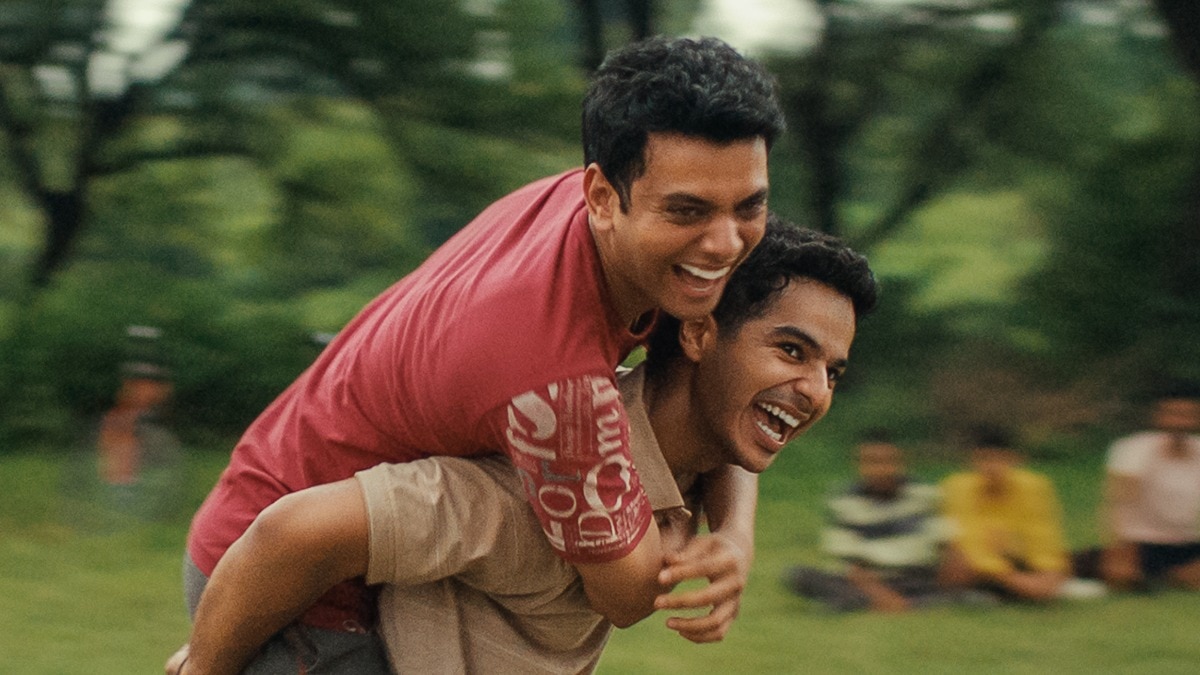Discover the gems of the sunny country of Senegal
For the first time in over a decade, there's a new direct route from London to Dakar, opening up this west African country.


Stepping off the plane in Dakar, it’s not the usual holidaymaker’s warm rush of air that hits me; it’s the drums. Meeting us are musicians, dancers, women handing out bracelets and what appears to be a human-sized stack of grass. This turns out to be the Kumpo, a folklore figure dressed in palm leaves whose role it is to encourage hospitality and community. It does its job well because I’m given a warm welcome everywhere I go.
Senegal has only recently entered the British tourism market, hence the dancing, gift-laden reception. Boarding the inaugural TUI flight from Gatwick to Dakar, I find myself sitting next to a half-English, half-Senegalese couple who are thrilled about the new route (you could only fly here via Paris previously). I tell them this is my first trip to Africa and they help me learn a few words of Wolof, the local language, during our six-hour flight.

My first impressions as I travel south to the beach resort of Pointe Saréne are of an impossibly wide and completely flat landscape. The only things of any height are the vast, bulbous baobab trees. One of the official symbols of Senegal, the baobab’s size and resilience leaves it unchallenged by the harsh dry season (October to May), during which rain rarely falls for seven months. It’s the baobab tree that also lends its name to my home for the week. The Riu Baobab is a shiny new 500-room all-inclusive hotel that unfolds across the beach, its balconies overlooking the Atlantic Ocean and its spa, pools and water slides mere footsteps from the sugary sand. One of TUI’s selected partners, it only opened last winter and offers water sports, such as kayaking and paddleboarding. With its long coastline, freshwater deltas, forests and savanna grasslands, Senegal’s landscape is hugely biodiverse. There are almost 700 species of birds alone, including those that travel to Senegal during Europe’s freezing winters (much like myself and the other tourists who have escaped a drizzly November in search of sunnier climes).
On a boat trip along the Saloum Delta, a mass of water spanning 1,90,000 acres, we keep our eyes peeled for flamingos and goliath herons—but I find myself mesmerised by the ‘burping’ oysters that cling to the mangrove roots instead. As we float along in our brightly painted traditional canoe (known as a pirogue), our driver cuts the engine and we bob in silence. All I can hear is the oysters releasing bubbles that pop on the surface as gently as clicking knitting needles.
This is just one of a number of day trips you can take with TUI from the hotel and, while it would be easy to spend the week sipping wine by the pool, I’m here to explore. On another trip, we visit the village of Nguéniène, where farmers haggle over goats and glossy white cows, sheltering from the sun. Luckily, there’s another market that sells things I can fit in my suitcase, such as gorgeous golden jewellery and brightly coloured block-printed fabrics. Souvenirs acquired, we also pick up sweets, soap and bottled water: gifts for our next stop. As the dirt tracks narrow, we pull up outside a cluster of houses and, as soon as our car door slams, grinning faces appear to welcome us in. I’m immediately passed a small, sleeping baby to cuddle. "Her name is Eleanor," a girl who can’t be older than 14 tells me. Senegalese society puts children first, which isn’t surprising for a country where they make up 48 per cent of the population. "Every woman in this village is every child’s mother, and a child is seen as the whole neighbourhood’s responsibility," explains our guide.

As this is my first visit to Africa, I can’t resist going on a day safari. There are a number of reserves in Senegal—our nearest is Bandia. In this 8,600-acre private reserve, they’ve succeeded in reintroducing some of Africa’s most loved animals—including giraffes, buffaloes, and baby zebras, which had been gradually disappearing due to demographic pressure and poaching. Sadly, the reserve’s pair of rhinos are feeling shy and are hiding in the shade during my visit, but the rest of the animals more than make up for it. But of all my Senegalese adventures, it’s a trip to Gorée Island that makes the most lasting impression. Just 20 minutes by ferry from Dakar, what looks like a colourful paradise covered in grand colonial architecture is, in fact, a reminder of Africa’s darkest past. Between the 15th and 19th centuries, this tiny island was the largest slave-trading centre on the African coast. The beautiful houses sit in blunt contrast to the grim Maison des Esclaves—the holding centre where slaves were shipped to the US, West Indies, UK and France. An estimated 20m people passed through the Door Of No Return: a gaping hole at the back of the building opening to the sea. It’s a sobering sight.
Gorée made me realise just how lucky I’ve been to visit this beautiful country, with its astonishing landscapes and friendly people. We could all do with embracing more of the community values that the Senegalese hold dear—as well as thanking the grassy Kumpo for encouraging such generous hospitality.
This piece originally appeared in Good Housekeeping.










